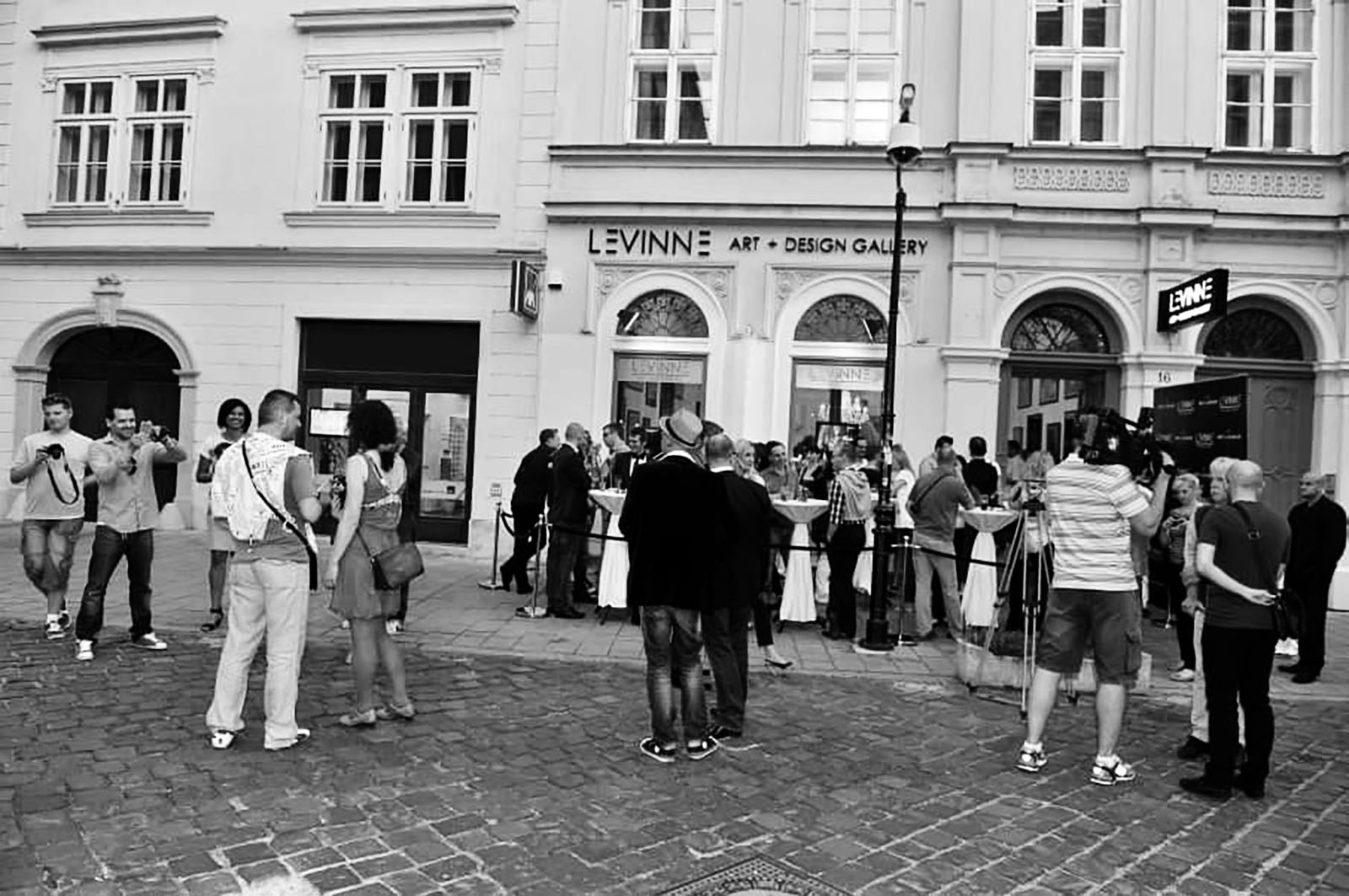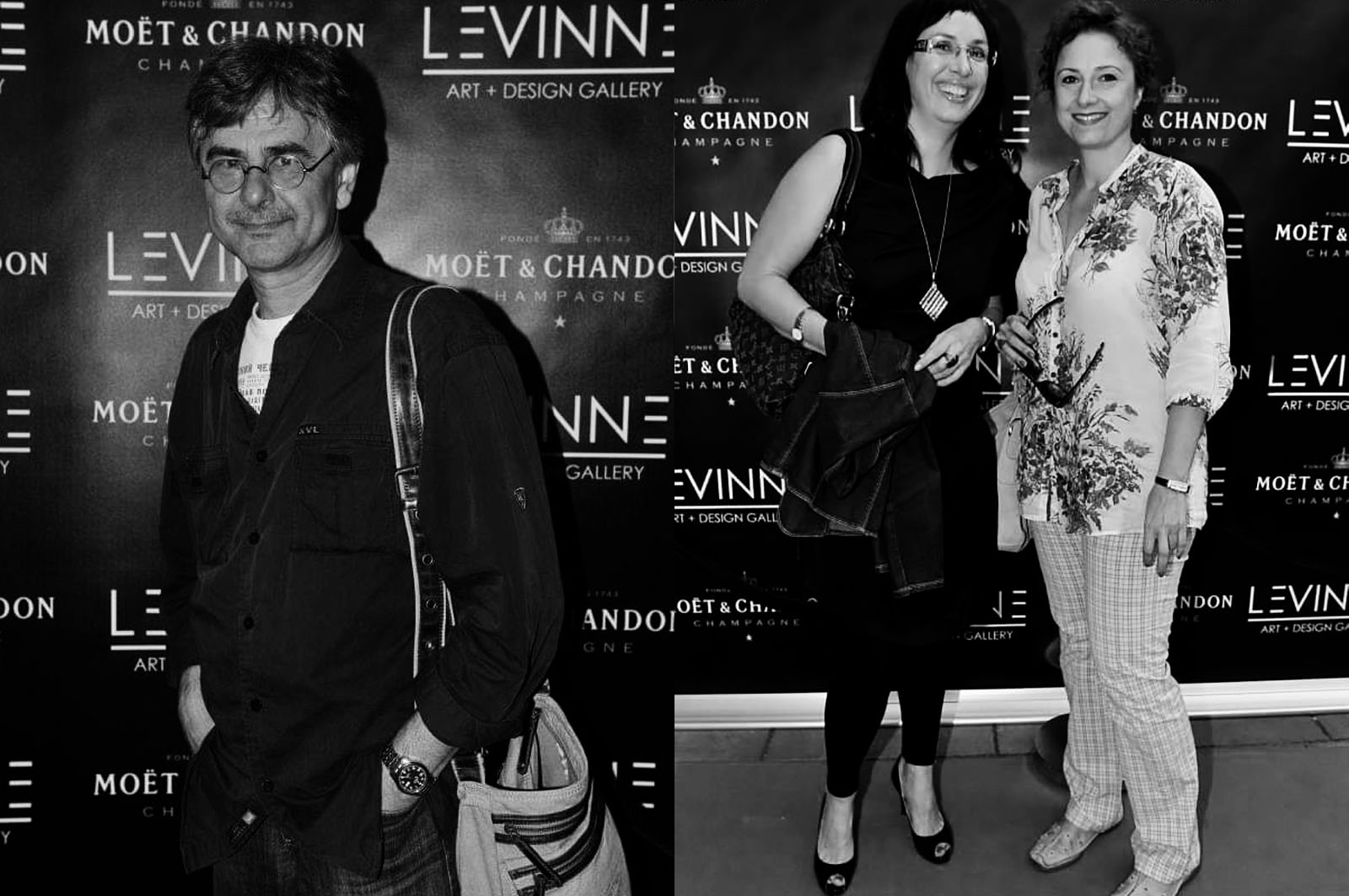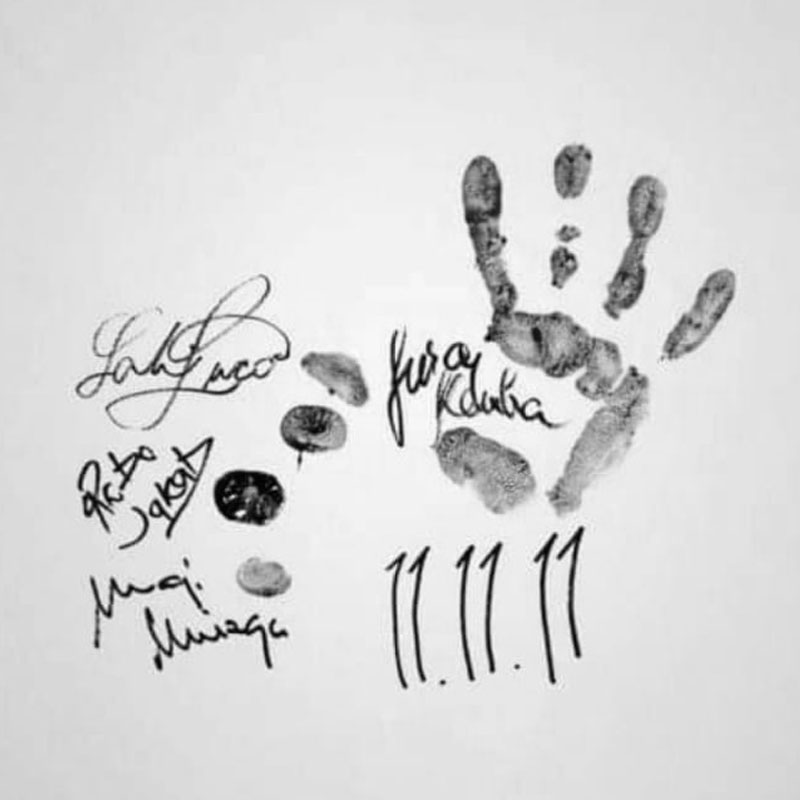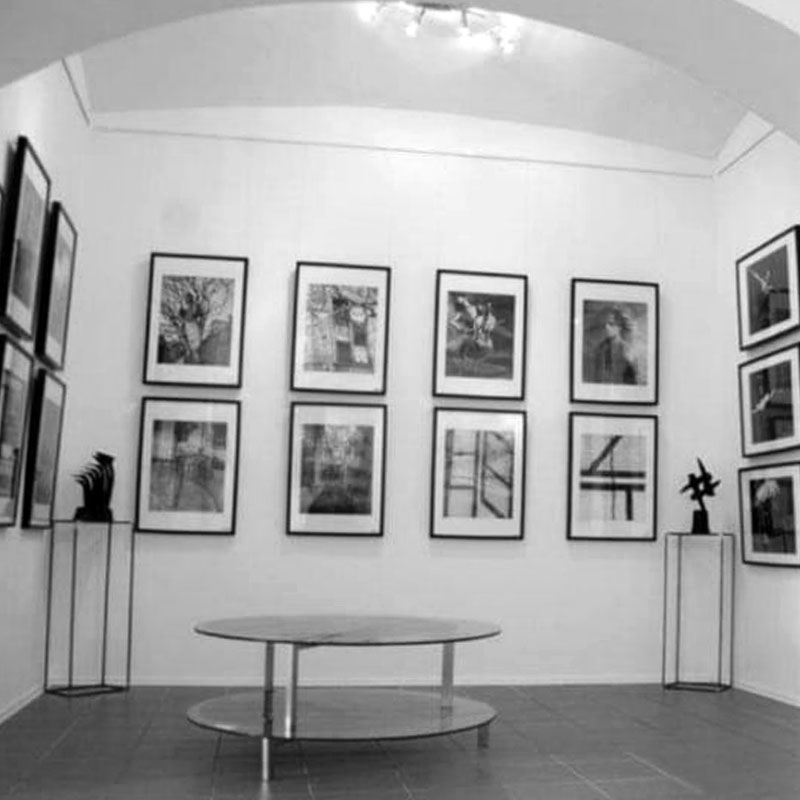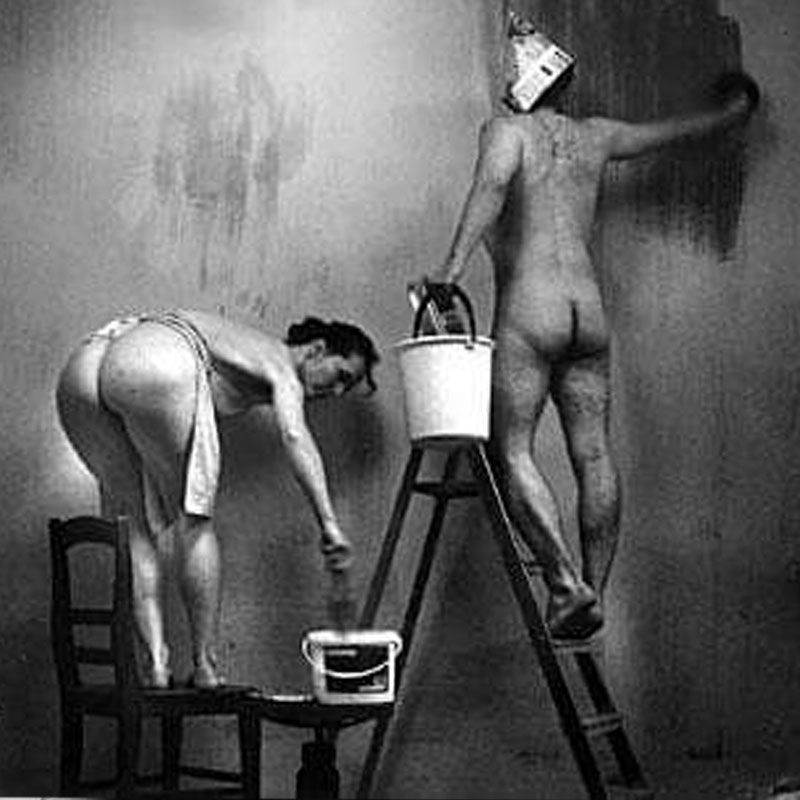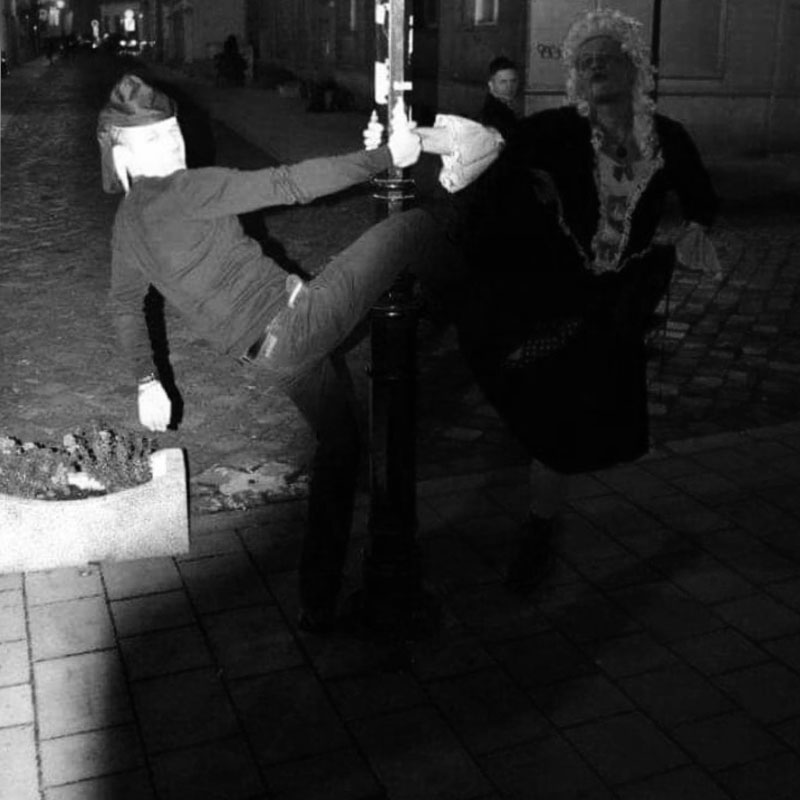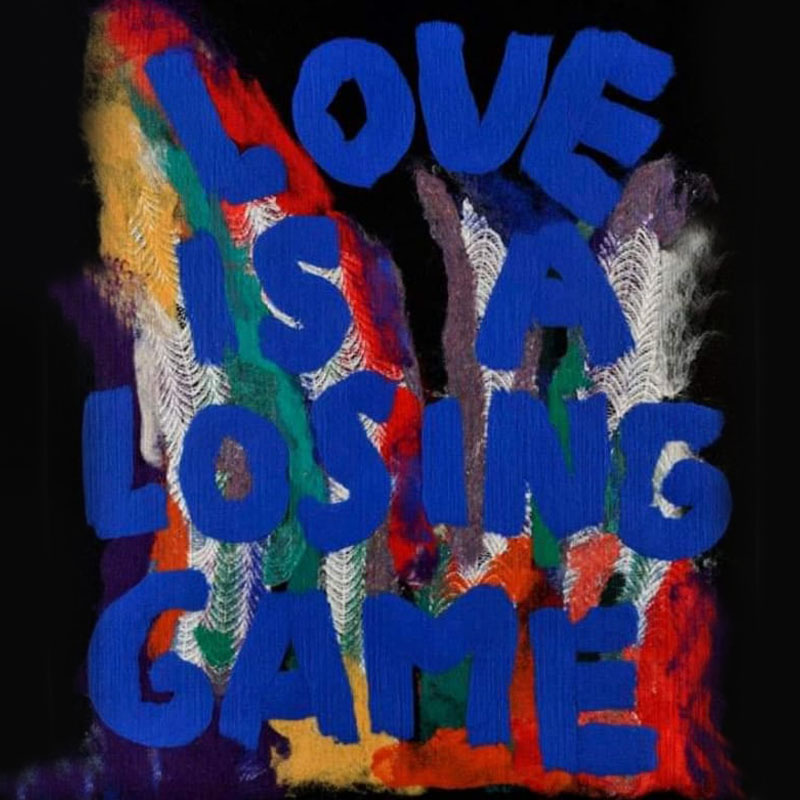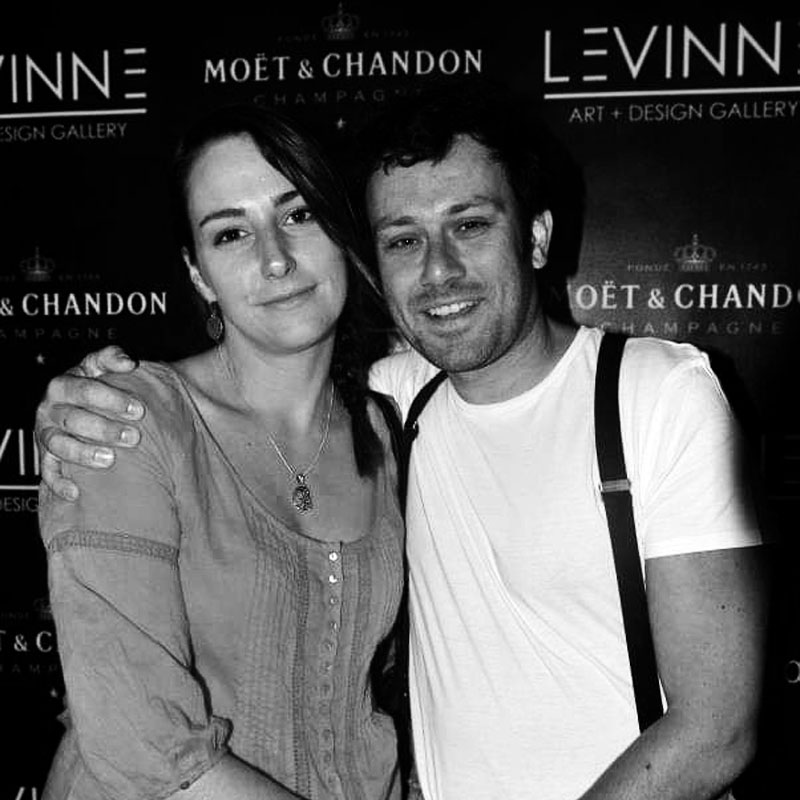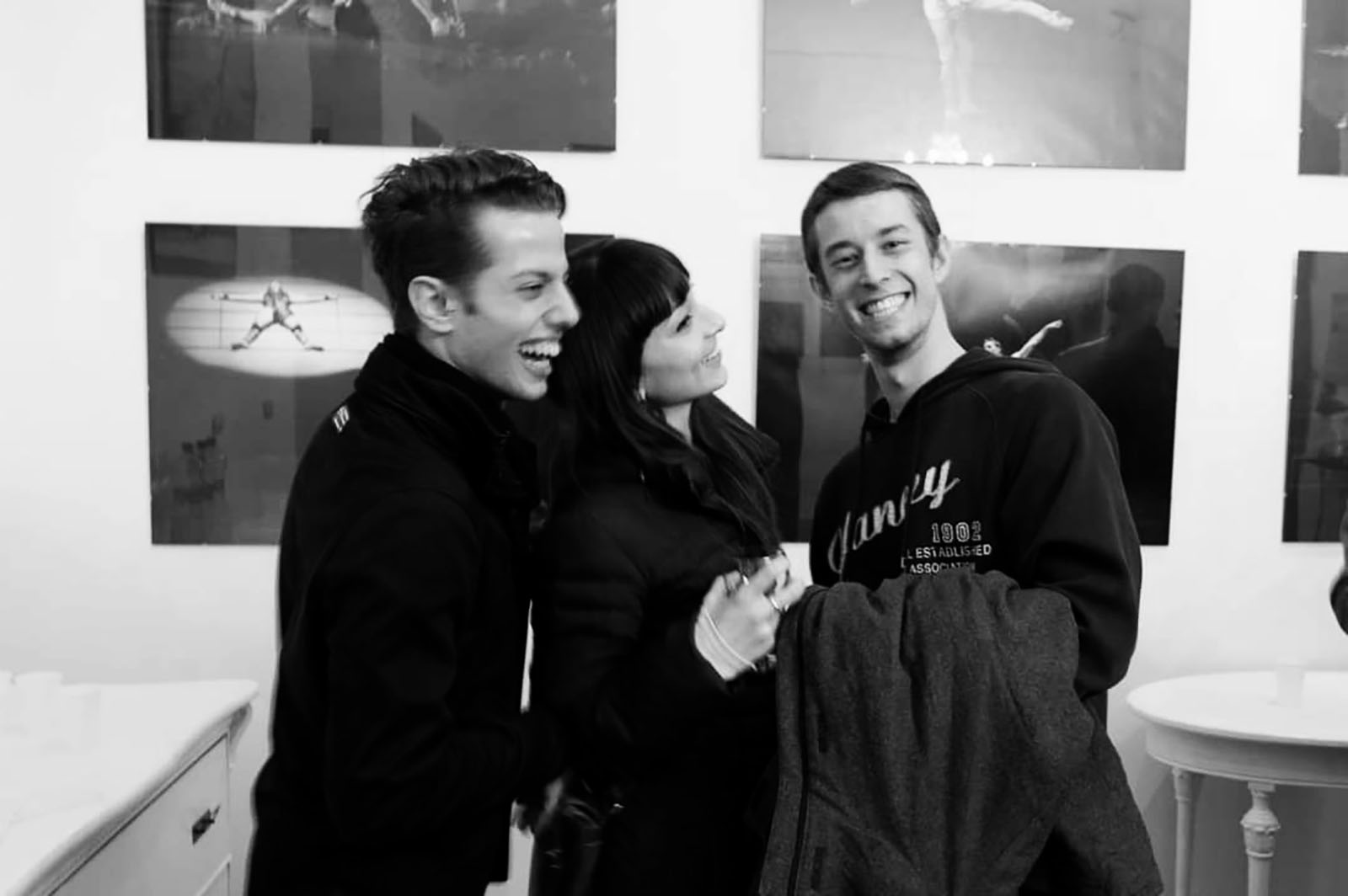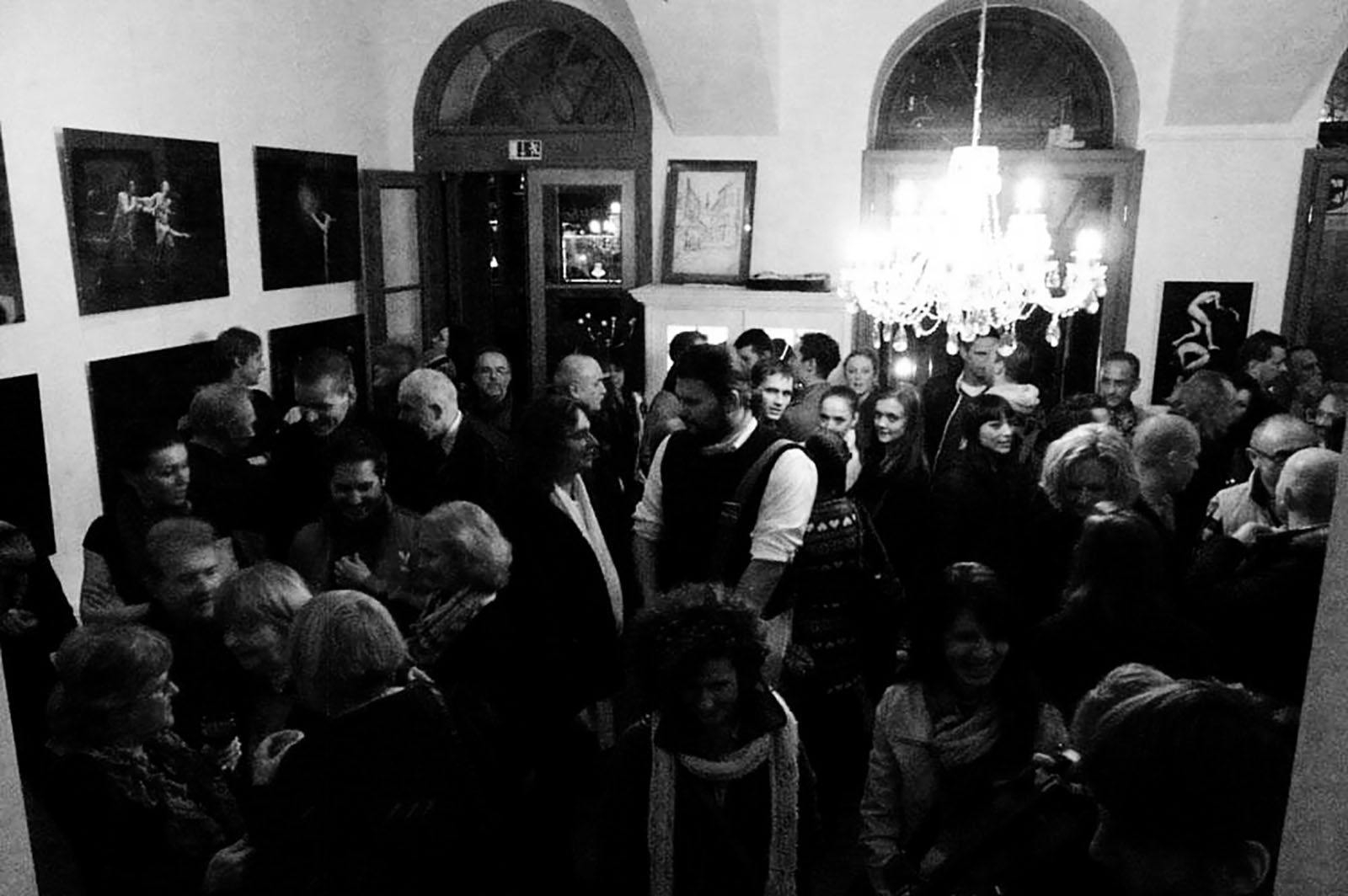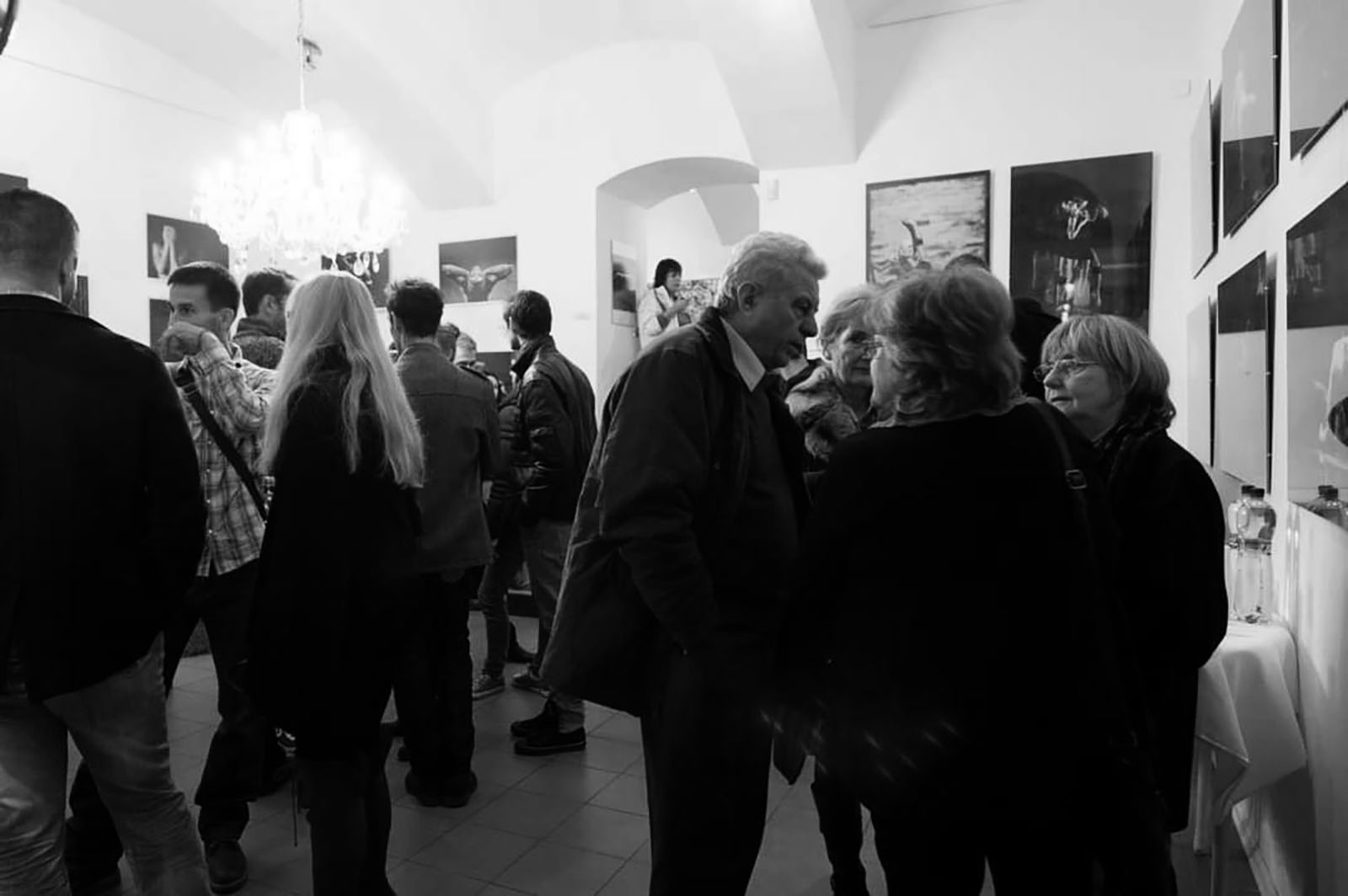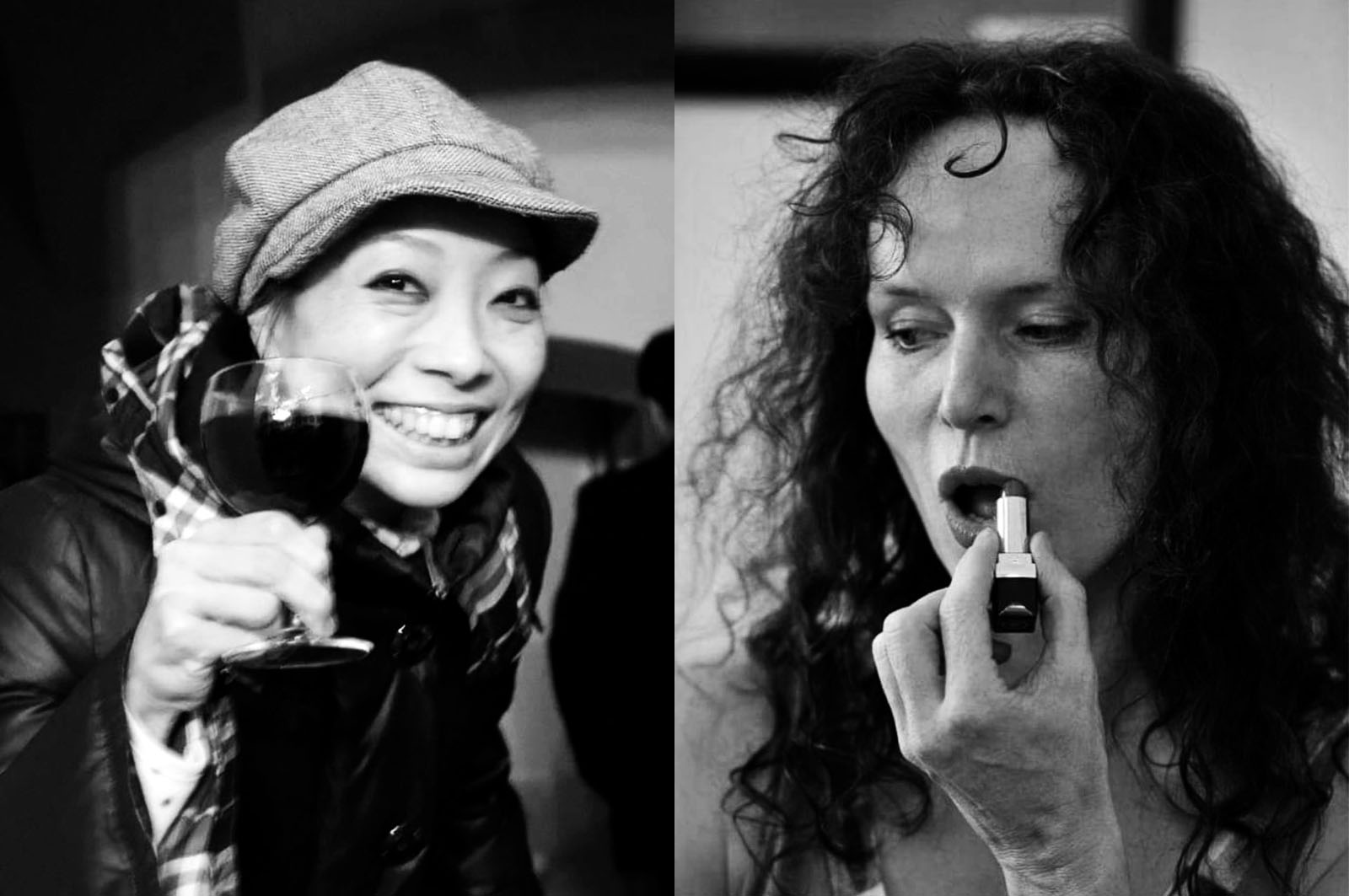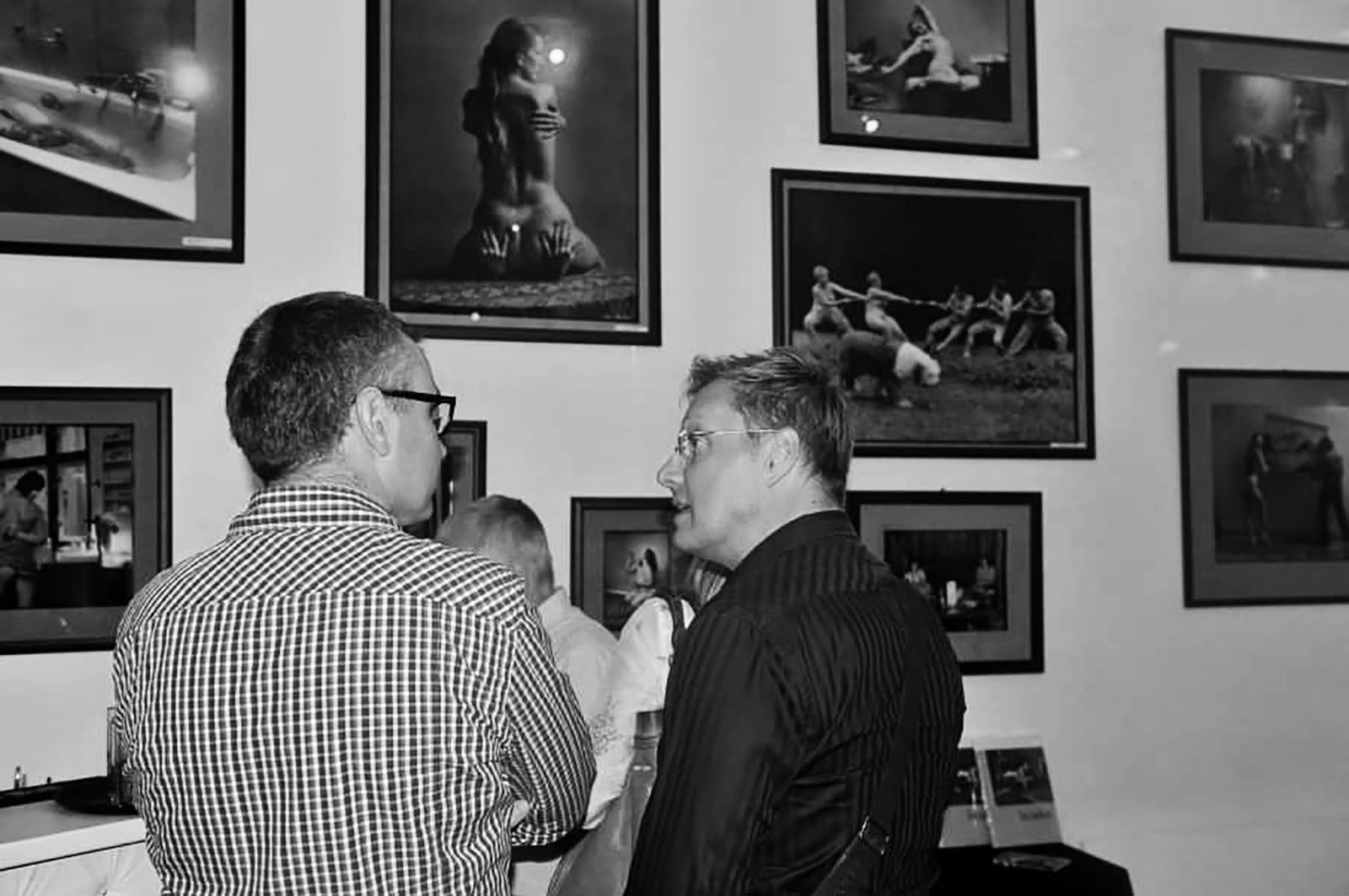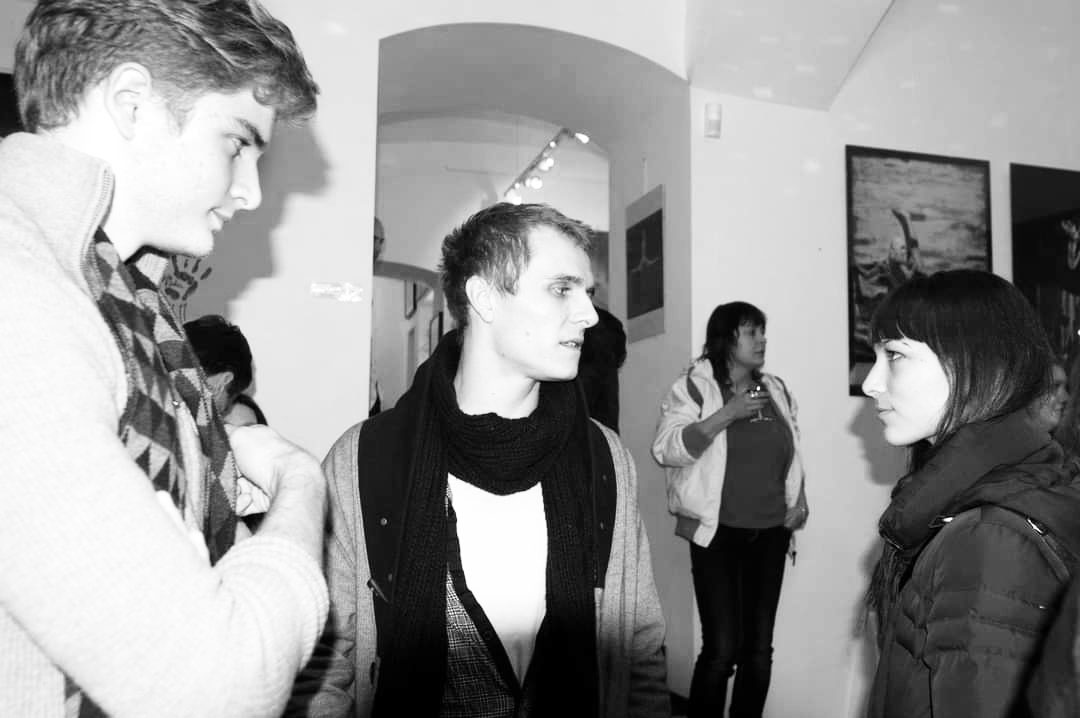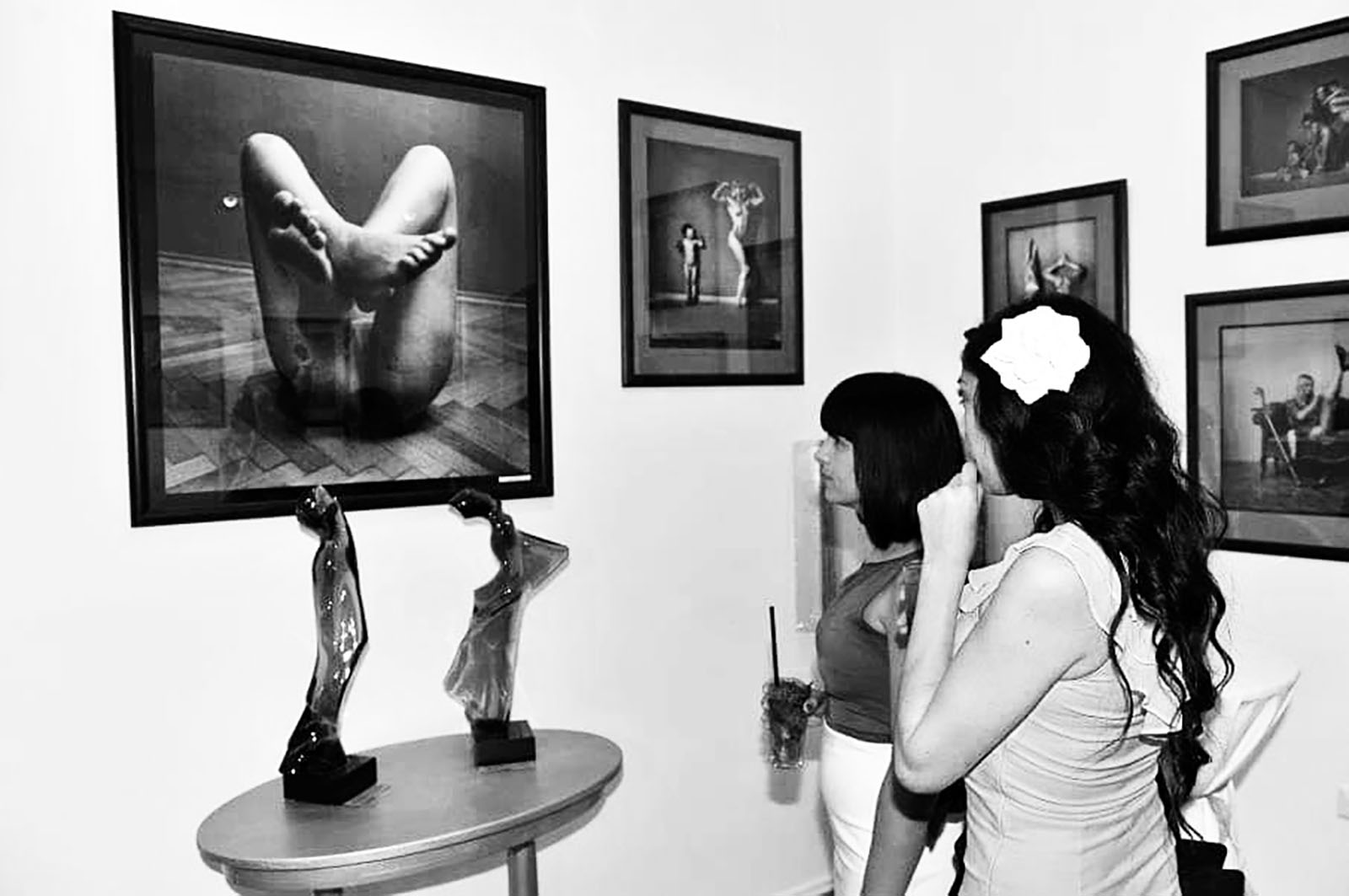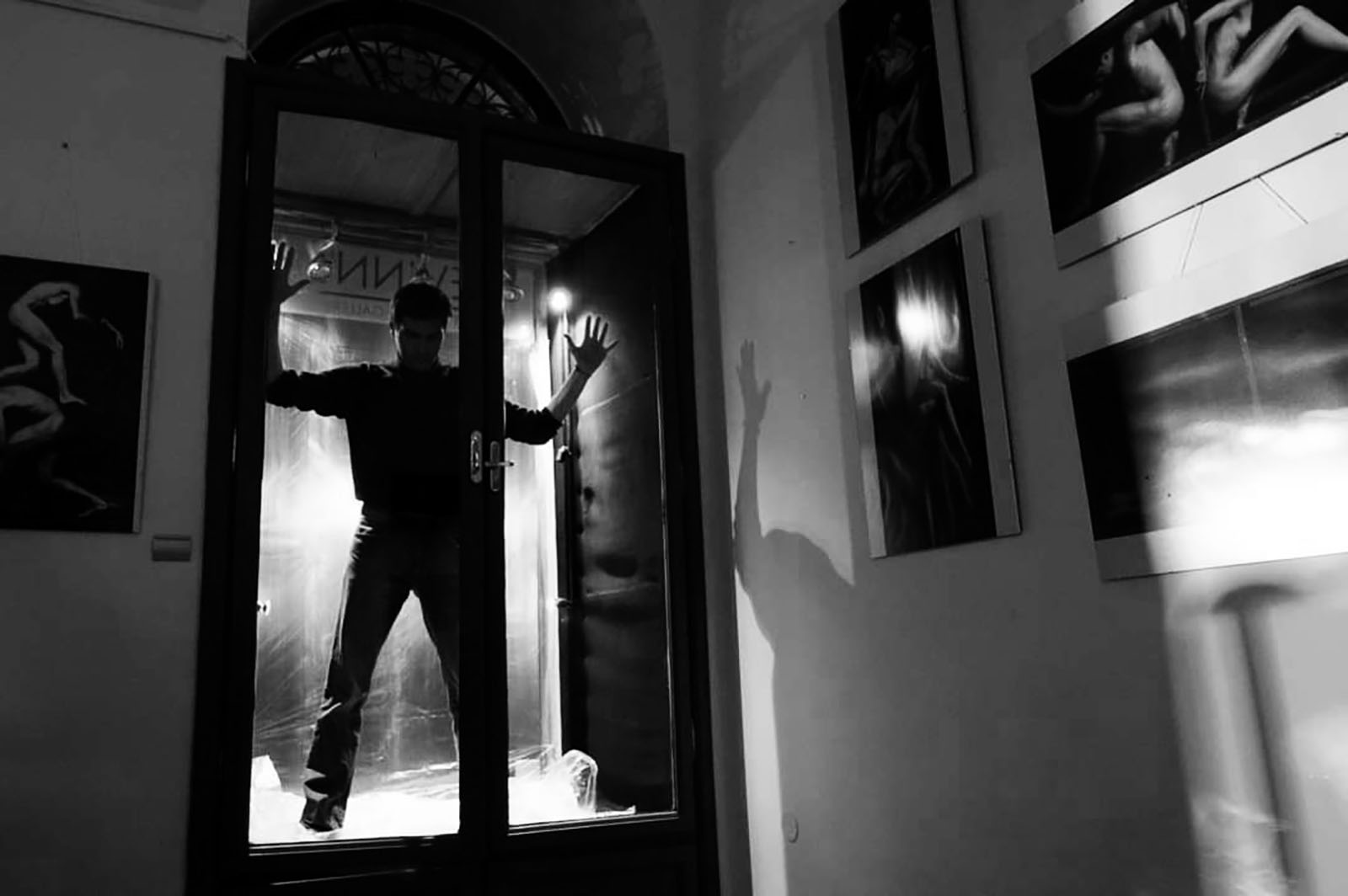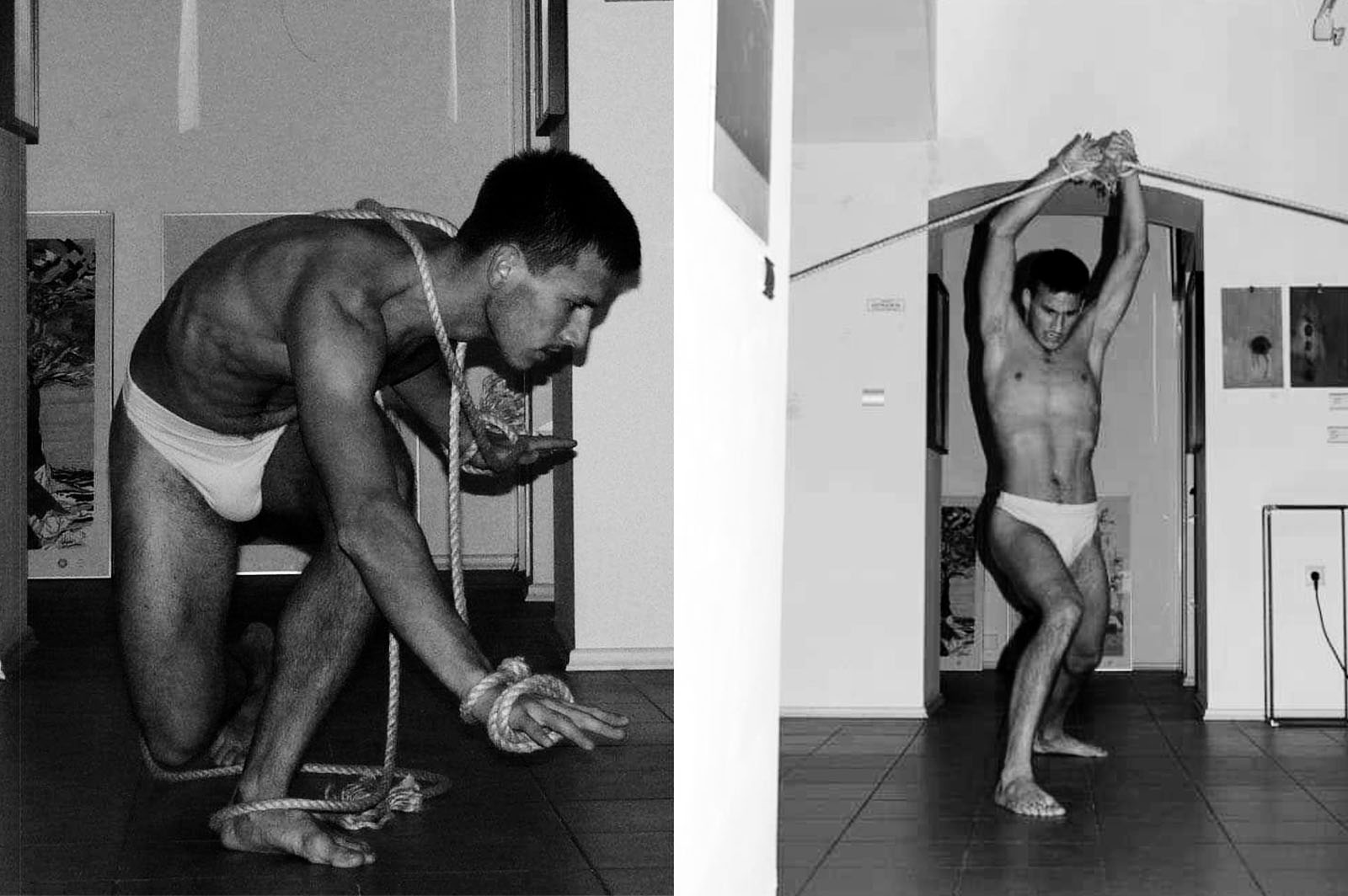Levinne Art Gallery
they just drank wine
The Illusion of Art
As a kid, I went to art openings with my father. I didn’t care about the art—I cared about the sandwiches, the desserts. They were free. I watched the people—silent, pretending to be deep—sipping wine, nodding as if understanding the mysteries of the universe. They had the air of men and women who had their lives neatly wrapped up, their answers ready for every question. I liked the illusion of it. I thought, "One day, I’ll have my own gallery."
Read More
But my truth? Simple. Everyone was doing absolutely nothing, yet they looked so busy. Artsy shawls draped over thin shoulders, bow ties choking necks that had never known real work. And those women—the rich, glittering ones—they fluttered about, like moths drawn to the same faded light, repeating the same hollow phrase: “Oh my god, darling, I haven’t seen you in ages!”
You know the type. Faces so polished, you’d think they belonged at a funeral—wearing their grief like a badge, but you can see it in their eyes. It’s all just a performance. The death of the artist, the hero of the moment—they pretend to care. But they don’t. They’re there for the show, for the wine, for the illusion. Dead or artists—it’s the same. Either they’re six feet under, or walking around like they’re already gone, selling bits of themselves to people who’d never recognize it if it slapped them.
And those kisses? A peck on the cheek, nothing more than a show of politeness, but with all the warmth of a cold knife, sugar-coated in false charm and champagne breath. It was never about the art, not really. It was about looking important, about being seen in the right place at the right time.
And I did it. After a stint in fashion photography, I thought running a gallery would make me "normal," like everyone else. It would make sense. But it didn’t. Same glitter. Same games. People dressed sharp, talked with fancy words, sipped wine like they were royalty. It wasn’t about the art, it was about being seen. They’d never admit it, but they were there for the selfies, the free drinks, to pass the time, to make an appearance.
The world of the art business is like this: It's full of more or less talented people labeling themselves as artists, chasing fame, money, completely ignoring a thing called personal integrity, and rich vampires climbing over your shoulder, pretending to be your friend just long enough to drain you dry and get a little discount here and there. And then there's the media, pushing this teatro grande to the mainstream. It’s greed in a pretty package. Vultures feeding off a dead horse. They call it the art scene.
My gallery was relatively small, perhaps extremely unimportant, but large enough to witness the intricate dance between the micro and macro worlds of art—the fleeting moments and the vast, empty illusions that define it. I saw how it all worked, how the game was played, how people used art to fill their own voids or climb up some hollow ladder. It wasn’t about the work, it was about the performance. The drama. The look. The attention. And I was part of it, whether I liked it or not.
We’d be better off admitting it—that maybe we don’t understand art at all. Because when you look at the real world, the world we create for each other, the way we live—that’s the art that matters. The quiet beauty, the moments between words, the way we treat each other. That’s the art that counts. Not the stuff that’s bought and sold. And having the courage to dream, and making the dream happen, even if we fail. Fail terribly. Crossing fears is the greatest art of human life. And I have done this a thousand times, because I already know that making art with fear sucks. Art does only one thing: liberates—whatever we choose to liberate within us.
Yes, the dream came true. The gallery was real, even if it felt like a farce. Sometimes I still hear that kid inside me, laughing at the absurdity, saying, “This was all fucked up, but we did it. We made it happen.” And in that laugh, there’s a warmth, a kind of peace. Maybe the kid inside knew it all along. Either way, I closed it. Left behind the wine, the selfies, the empty words. It was time to move on. To something else. Something that didn’t need to be seen, something that didn’t need anyone else to understand. Something real.
